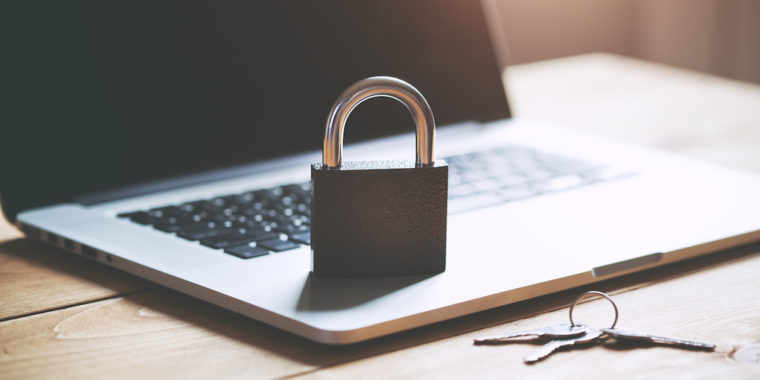Cyber risks have become a more significant issue in the retirement space in recent years. With many plans using multiple service providers that share large amounts of data, vulnerabilities are evident, and risks are prevalent. Both plan assets and personally identifiable information (PII) are at risk. While completely eliminating these risks is impossible, managing these risks is achievable and is essential to not only following ERISA prudence standards, but simply in serving the best interests of plan participants as well. It is important to remember that managing your cybersecurity is an ongoing process and it should not be rushed. Below, we review key preventative measures against common cyberattacks.
Avoid These Common Plan Sponsor Mistakes
Once you’ve done the tough work of creating and implementing a retirement plan for your organization, you might assume that it’ll be smooth sailing from this point on. But the ongoing management of a well-functioning retirement plan can be far more challenging than it may seem. With so many different moving parts, it’s not unusual for things to fall through the cracks, even for the most meticulous plan sponsors. Learn more about some of the most common plan sponsor mistakes and how to avoid them.
Improving Your Retirement Plan Governance
It is not hyperbole to suggest that you as a retirement plan sponsor must take seriously your fiduciary responsibility. This includes plan governance, such as a review of the risks that threaten the plan’s compliance with ERISA requirements, an analysis of portfolio performance vis-à-vis benchmarks and peers, and a determination of whether plan participants will have the resources necessary to meet their expected retirement income needs.
Understanding the DOL’s New Rule for Multiple Employer Plans
For decades, small businesses and their employees have been disadvantaged by the limited availability of high-quality, low-cost retirement plans. But this is all set to change by the end of third quarter this year, when a new rule from the U.S. Department of Labor (DOL) takes effect, seeking to expand the access of Multiple Employer Plans (MEPs). Learn more about the DOL MEP rule and some of the advantages businesses and their employees can realize from participating in a MEP.
Finding the Right OCIO Partner
As financial regulations and global markets become increasingly complex, more organizations have decided to conserve their in-house resources by outsourcing the role of the Chief Investment Officer. Organizations that partner with an outsourced CIO (OCIO) find it to be an effective solution for dedicated expertise, sophisticated research and analytics, and faster investment decision making. However, finding the right OCIO provider is becoming more difficult given the growth in the number of firms providing OCIO services and the complexity of their solutions. Managing the assets of an organization is mission-critical so it’s important not to rush into choosing an OCIO provider that may not be the right fit for your business.
- « Previous Page
- 1
- …
- 16
- 17
- 18
- 19
- 20
- …
- 35
- Next Page »





